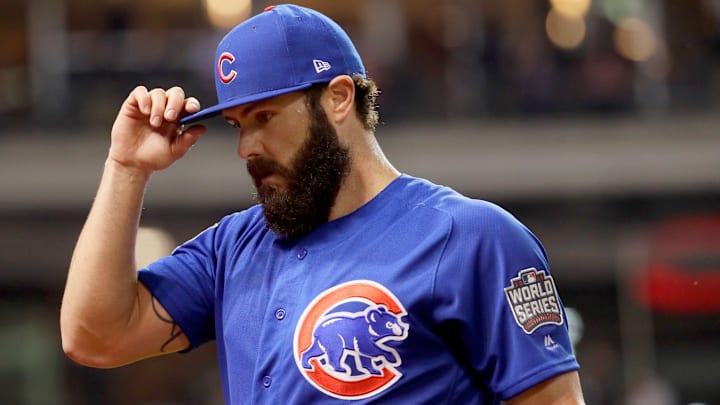#2 Best: Cubs acquire Rick Sutcliffe from Cleveland for Joe Carter and Mel Hall
There are only two reasons why the Cubs' acquisition of Rick Sutcliffe isn't the best deal the team ever made in trade season. For one, the cost was high. The team gave up Joe Carter, he of 17.1 career fWAR, and one particularly notable World Series walk-off with the Blue Jays, and Mel Hall to pluck the Red Baron from the then Cleveland Indians. He was also the sole acquisition and, unlike Arrieta and Strop, didn't push the Cubs over the top to a championship.
That's not for a lack of trying though. Before joining the Northsiders, Sutcliffe posted a 5.15 ERA with Cleveland and hardly looked like the ace the team needed. After the deal, however, he'd be exactly that, posting a 2.69 ERA after the trade. This was good enough to win him the Cy Young and he'd go on to help them end their playoff drought, pitching the game that officially clinched the National League East.
Sutcliffe gave the Cubs years of value after the deal too. From 1985 through 1991, he'd pitch over 1,000 innings in Chicago, posting a 3.88 ERA and adding another two All-Star appearances too. In 1987, he'd even finish second in Cy Young voting yet again. Clearly, this trade was more than worth the cost to get a reliable starter for years to come.
